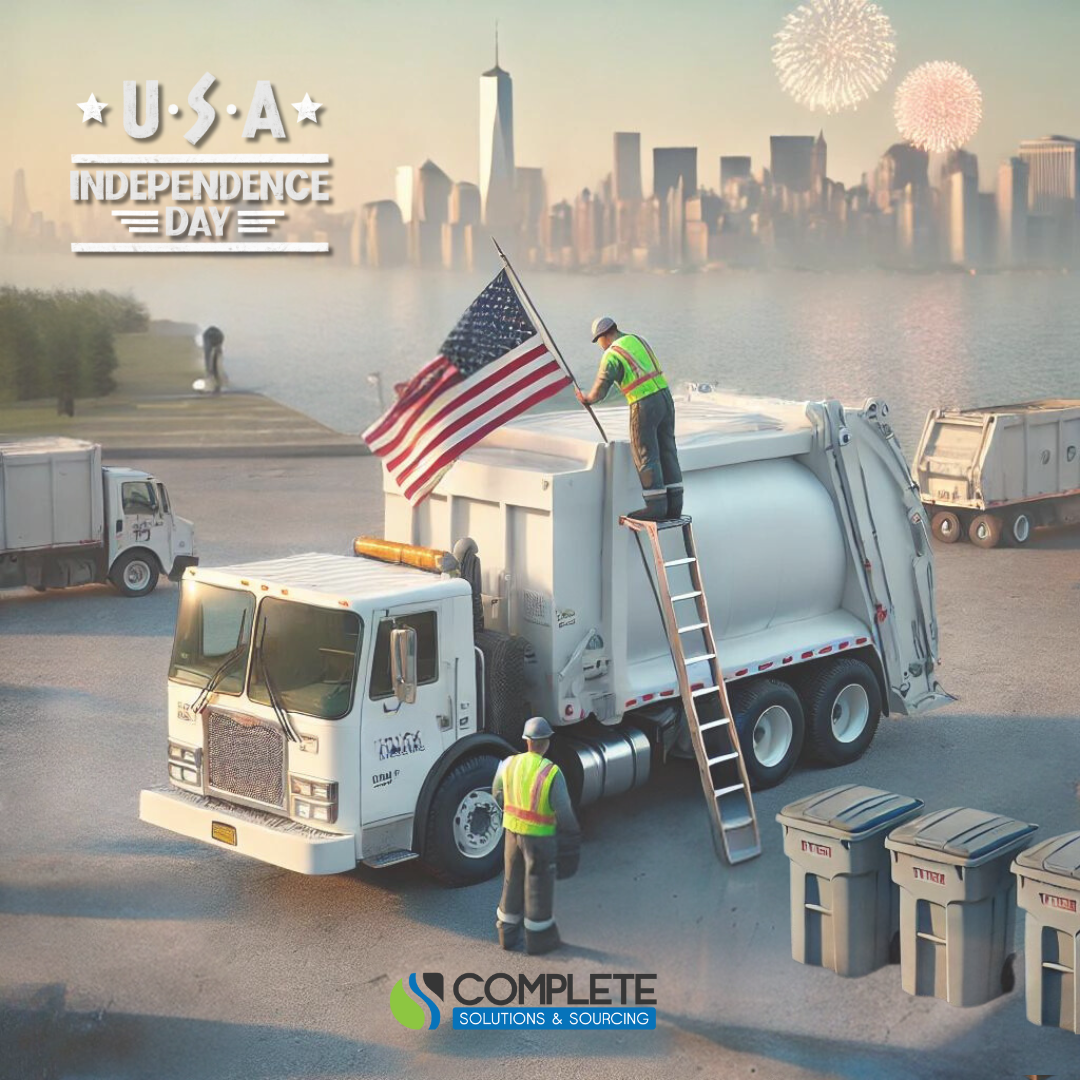Chasing Arrows to The Landfill
Sustainable living? Not a problem! I do my part every day to protect the planet in crisis. I recycle absolutely everything responsibly! I double-check before I put anything I am not 100% sure of into the recycle bin. You know, if an item like a plastic bag or a Styrofoam take-out container has that little triangle that says "recycle me", then eureka! Into the recycle bin, it goes and it is saved from an eternity in the landfill! Right?
WRONG! 🚫
Unfortunately for our planet, there are masses of these blissfully untaught individuals, and their actions do have a negative impact on a global crisis. But we call to their defense in stating loud and clear that it is NOT their fault! We have all been set up for failure by the manufacturers of these items and the recycling industry itself.
So how do we fix it? Well, much like a thermoplastic polymer – let us boil it down for you! But before we dub ourselves recycle royalty, we must first take a closer look at the famous chasing arrows triangle. Break out a magnifying glass, a 6th-grade science kit microscope... whatever it takes to get a good look between the tiny lines.
Understanding the History:
The famous chasing arrows recycling symbol or more technically named "the Mobius Loop," was designed in 1970 by a college student named Gary Anderson. Anderson was a contestant in a nationwide design contest for students sponsored by the Container Corporation of America. Following the very first Earth Day celebration on April 22, 1970 (https://www.history.com/this-day-in-history/the-first-earth-day), the effort to establish a graphic to promote recycling incentives on consumer packaging was put forth to coincide with the increase in environmental awareness in the United States. The design itself symbolizes the entire life cycle of an item to be recycled or reused, with each of the three arrows folding over itself to chase the other arrows in a continuous loop.
Although environmental awareness was now at the forefront of the American consumers' attention, it wasn't until 1988 – 18 whole Earth Days later when the recycling initiative in the US rose to a level that caught the attention of the plastics industry. With push backs from the various recyclers on the plastic items consumers were trying so hard to divert from the landfill, the Society of the Plastics Industry, now known as the Plastics Industry Association, introduced a coding system that would communicate from manufacturer to recycle facility on which type of resin was used to make the packaging or product. This was so the recycler can determine the proper methods of reusing the material or if they are even established with the capabilities to do so. The RIC or Resin Identification code is a simple numeric code categorizing the different types of resin using numbers 1 through 7 - and can often be found living inside Mr. Anderson's famous adaptation of the Mobius Loop on most plastic products and packaging. The coding system spoke well to this B2B connection of packaging manufacturer and recycling facility. Still, the communication historically broke down with the consumer, who naturally has limited knowledge of the science behind the code. As a result, consumers on both residential and commercial scales set a contamination trend by relying on their familiarity with the eye-catching chasing arrows alone for confirmation of recyclability. This trend continues today in increasing strides.
Cracking the Code:
There are variables across facilities and municipalities on which RIC's are accepted. Below is a general outline of what each RIC represents and its degree of acceptance in a typical curbside or commercial recycling program:

-
#1 Polyethylene Terephthalate (PETE)
Commonly accepted - includes plastic water bottles, soft drink bottles, condiment jars
-
#2 High Density Polyethylene (HDPE)
Commonly accepted - includes milk jugs, laundry detergent jugs, shampoo bottles
-
#3 Polyvinyl Chloride (PVC):
Rarely accepted- includes vinyl, tubes, and pipes, bubble wrap
-
#4 Low-density Polyethylene (LDPE)
Rarely accepted - includes laundry baskets, plastic hangers, plastic film, plastic bags
-
#5 Polypropylene (PP)
Varying acceptance – includes yogurt containers, coffee cup lids
-
#6 Polystyrene (PS)
Varying acceptance - includes Styrofoam cups, egg cartons, disposable cups and plates, meat trays
-
#7 Other plastics (O) toys, sippy cups, baby bottles, CDs, lenses
Rarely accepted
Now, to say the rarely accepted items are impossible to recycle would be a false statement. The symbol is on the product because there is some degree of recyclability, only it often requires the consumer to jump through hoops to determine how to do so correctly. Unfortunately, most Americans don't even realize they are recycling improperly in their regular available stream to look for alternatives on the non-accepted items. Herein lies the problem. The plastic industry really must be off their rocker if they expect every consumer to retain these scientific terms or carry an even basic understanding of the molecular chemistry that qualifies the material as recyclable. Until they decide to change the labels on packaging, the responsibility lies on the consumer to stop and smell the landfill. Educate themselves on the global impact of contamination, understand the lifecycle of plastics when not reused or recycled, learn about municipal codes and local alternatives to your regular recycling stream. Otherwise, all we have done is chase those arrows directly to the landfill. The negative impact reverberates across commercial and personal use - costing time, money, and most importantly, generates a significant detriment to our environment.
References:
https://www.woodfordrecycling.co.uk/news/everything-you-didnt-know-about-the-mobius- loop/
https://www.coda-plastics.co.uk/blog/the-mobius-loop-plastic-recycling-symbols-explained




.png)

